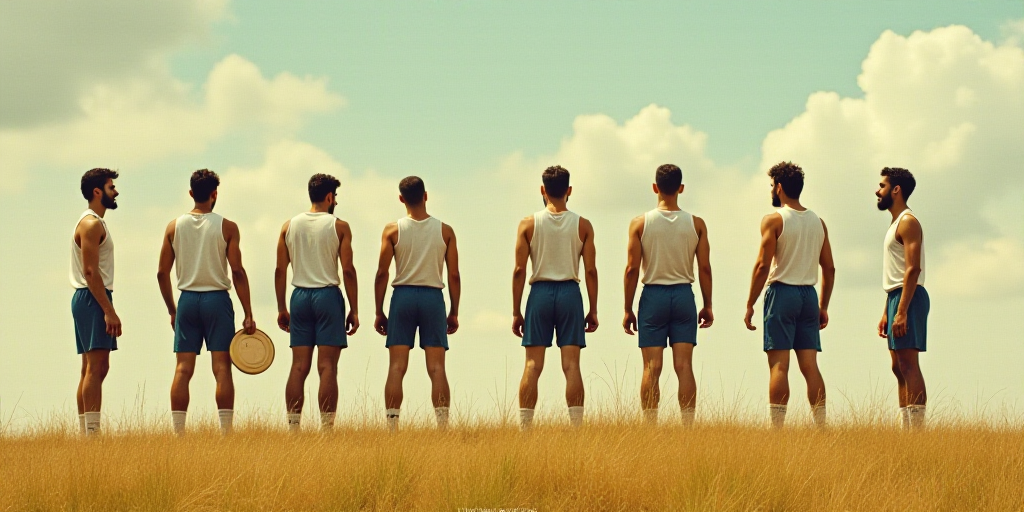Introduction to Javier Aguirre’s Leadership Style
The Mexican national soccer team, known as the “Selección Mexicana de Futbol,” is experiencing a shift in leadership under the guidance of Javier Aguirre. His approach, characterized by openness, self-criticism, and democracy, is reshaping the concept of leadership within the team.
Expert Analysis on Aguirre’s Leadership
Fernando González Celorio, a sports psychologist and graduate of the Universidad Autónoma de Guadalajara, explains that Aguirre’s leadership style aligns with the transformative and democratic types. This approach allows him to focus more on the personal lives of players, understanding their human aspects alongside their professional roles.
Aguirre’s Background and Influences
Javier Aguirre, 66, has spent half a century in football—first as a player and then as a coach since 1996. He has managed teams in Spain, Japan, Egypt, and Mexico, participating in two World Cups: Corea-Japón 2002 and Sudáfrica 2010. His extensive experience has shaped his leadership style.
Evolution of Aguirre’s Leadership
González Celorio notes that Aguirre’s leadership has evolved over time. Initially more autocratic, he now exhibits a transformative and democratic leadership style. This change is attributed to various factors, including feedback from his wife, Silvia Carrión, and his upbringing in a family opposed to dictatorship.
Leadership on the Field
Despite Aguirre’s relaxed demeanor, there are concerns about the absence of clear leaders on the field. Former player Francisco ‘Kikín’ Fonseca, now a TUDN analyst, recalls the importance of vocal leaders in his playing days. However, sports psychologist González Celorio argues that the lack of a single, prominent leader can foster team unity and collaboration.
Experienced Players in the Current Squad
The current 26-player squad boasts experienced players like Guillermo Ochoa (five World Cups), Raúl Jiménez (three World Cups), Edson Álvarez, and Jesús Gallardo (two World Cups). While Edson Álvarez is the usual captain under Aguirre, others have also taken on the role in certain matches.
Building Leadership Within the Team
González Celorio emphasizes that leadership isn’t constant; it depends on the team’s acceptance. He suggests that potential leaders can emerge over the next 11 months leading up to the World Cup. Aguirre aims to continue developing this leadership alongside other strategies as he prepares the team for the 2026 World Cup, which will be hosted in Mexico.
Key Questions and Answers
- What type of leadership does Javier Aguirre exhibit? Aguirre’s leadership style is transformative and democratic, focusing on understanding players’ personal lives alongside their professional roles.
- How has Aguirre’s leadership evolved? Aguirre’s leadership has transitioned from autocratic to more flexible and self-critical, influenced by his extensive experience and personal background.
- Are clear leaders essential on the field? While vocal leaders were important in the past, a lack of a single prominent leader can foster team unity and collaboration.
- Who are the experienced players in the current squad? The squad includes seasoned players like Guillermo Ochoa, Raúl Jiménez, Edson Álvarez, and Jesús Gallardo.
- How can leadership emerge within the team? Leadership can develop organically as potential leaders are consistently included in the squad and given opportunities to lead.






